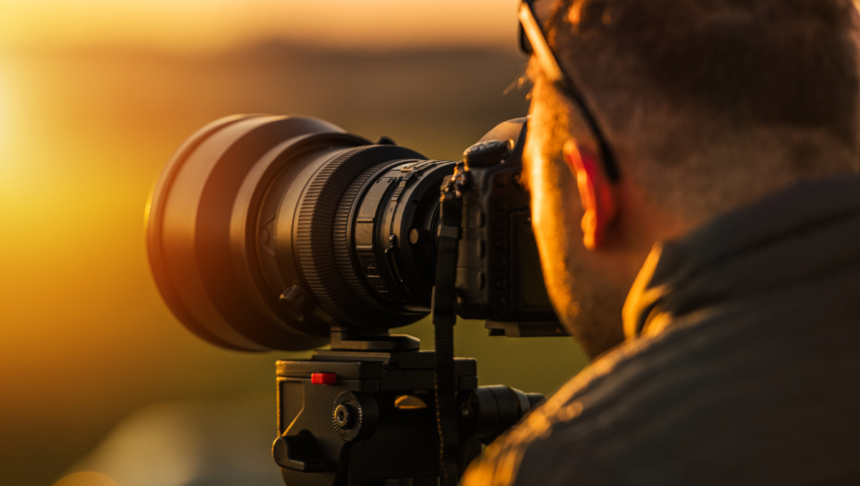Introduction to Canon FL No.138758
If you’re a photography enthusiast or a seasoned professional, you know that the right lens can make all the difference in capturing stunning images. One such lens that has gained attention is the Canon FL No.138758. This classic piece of glass offers unique capabilities and characteristics that set it apart from modern lenses. Whether you’re looking to expand your collection or simply curious about its place in photographic history, this article will dive deep into what makes the Canon FL No.138758 special. From its development to practical tips for use, we’ve got you covered on everything you need to know about this remarkable lens!
History and Development of the Canon FL System
The Canon FL system emerged in the 1960s, marking a significant evolution in Canon’s lens design. This period was crucial as photographers began demanding more versatility and higher-quality optics.
Initially, the FL series catered primarily to rangefinder cameras. These lenses boasted compact designs while delivering impressive optical performance. The introduction of the breech-lock mount made attachment easier and safer.
As technology advanced, so did the Canon FL line. By incorporating new glass types and coatings, these lenses improved contrast and reduced flare significantly.
Canon also expanded its offerings with various focal lengths, catering to diverse photographic needs—from wide-angle landscapes to detailed portraits. This adaptability cemented Canon’s reputation among enthusiasts and professionals alike during that era.
The legacy of the FL system laid important groundwork for subsequent innovations in Canon’s lens designs.
Features and Benefits of Canon FL No.138758
The Canon FL No.138758 is a versatile lens that stands out in the Canon FL series. Its unique focal length allows for impressive depth of field, making it an excellent choice for portrait and landscape photography alike.
One of its significant benefits is the sharpness it offers across different apertures. Photographers can capture crisp details even in challenging lighting conditions. The manual focus provides complete control over composition, enhancing creative expression.
Additionally, this lens features a compact design, ideal for travel enthusiasts or those who prefer lightweight gear without sacrificing quality. It also boasts minimal distortion, ensuring that images maintain their integrity even at close range.
Whether you’re shooting stills or experimenting with video projects, the Canon FL No.138758 delivers outstanding performance while providing flexibility to adapt to various settings and styles.
Comparison with Other Canon Lenses
When comparing the Canon FL No.138758 to other lenses in the Canon lineup, several factors come into play. This lens stands out with its unique focal length, making it ideal for portrait photography and low-light situations.
Unlike some modern autofocus lenses, the FL No.138758 offers a manual focus experience that many photographers cherish. The tactile feedback of turning the focusing ring can lead to more deliberate compositions.
In terms of build quality, this lens is often seen as robust and reliable. While newer models may boast advanced coatings and image stabilization features, the classic design of the FL No.138758 still holds its own.
Additionally, when you consider price points, older Canon lenses like this one often provide excellent value for those on a budget without sacrificing image quality or creativity.
Tips for Using and Maintaining Canon FL No.138758
Using the Canon FL No.138758 can elevate your photography experience, but proper handling is essential. Always start by ensuring your lens and camera mount are clean before attaching them. Dust and dirt can affect image quality.
When shooting, use a tripod for stability, especially in low-light conditions. This helps minimize shake and enhances sharpness in your photos.
Pay attention to the aperture settings. The FL No.138758 performs best when you find that sweet spot—usually between f/4 to f/8—for optimal clarity and depth of field.
Regularly inspect your lens for any signs of wear or damage. Keep it stored in a protective case when not in use to avoid scratches and dust buildup.
Consider using a UV filter as an extra layer of protection against potential impacts while retaining image quality during shoots.
Potential Drawbacks and Limitations
While the Canon FL No.138758 offers many advantages, it’s essential to recognize its drawbacks. One significant limitation is its fixed aperture of f/2.8. This can restrict creativity in low-light situations compared to faster lenses.
Another concern is compatibility with modern digital cameras. While it performs well on older models, users may need adapters for newer bodies, which could affect functionality and image quality.
The lens can also feel bulky for some photographers. Its weight might be a deterrent during extended shooting sessions or when traveling light.
Additionally, autofocus capabilities are absent in this manual lens, requiring more skill and patience from the user. It demands an understanding of focus techniques that not everyone possesses immediately.
Finding replacement parts or accessories can be challenging due to its age and niche market status. These factors make it crucial to evaluate whether this lens aligns with your photography needs before committing.
Conclusion: Is Canon FL No.138758 Right for You?
When considering whether the Canon FL No.138758 is right for you, it’s essential to reflect on your photography needs and style. This lens boasts a rich history with significant contributions to the Canon lineup, making it a classic choice for enthusiasts.
Its features offer advantages like sharpness and versatility, appealing to both casual shooters and more experienced photographers alike. However, being aware of its limitations is crucial in determining if it fits into your gear collection seamlessly.
If you’re drawn to vintage lenses or looking for something different from modern options, the Canon FL No.138758 might be just what you need. Weighing its benefits against potential drawbacks will help guide your decision-making process as you explore this unique piece of equipment.




